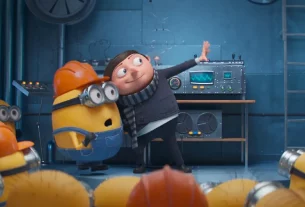“Spider-Man: Into the Spider-Verse” is an animated film that combines the old and the new in both narrative and aesthetics. It provides an opportunity for a change of taste between the two “Spider-Man” live-action films.
It not only pays tribute to the old version of Spider-Man, but also paves the way for latecomers. “Spider-Man: No Way Home”, which revolves around a parallel universe, is a good example.
Although it is a relatively new trend to create super-English films around the multiverse, “Spider-Man: Into the Spider-Verse” has set a golden benchmark for them.
But the secret of the film’s success is not to squeeze feelings, but because it understands what burdens it bears.
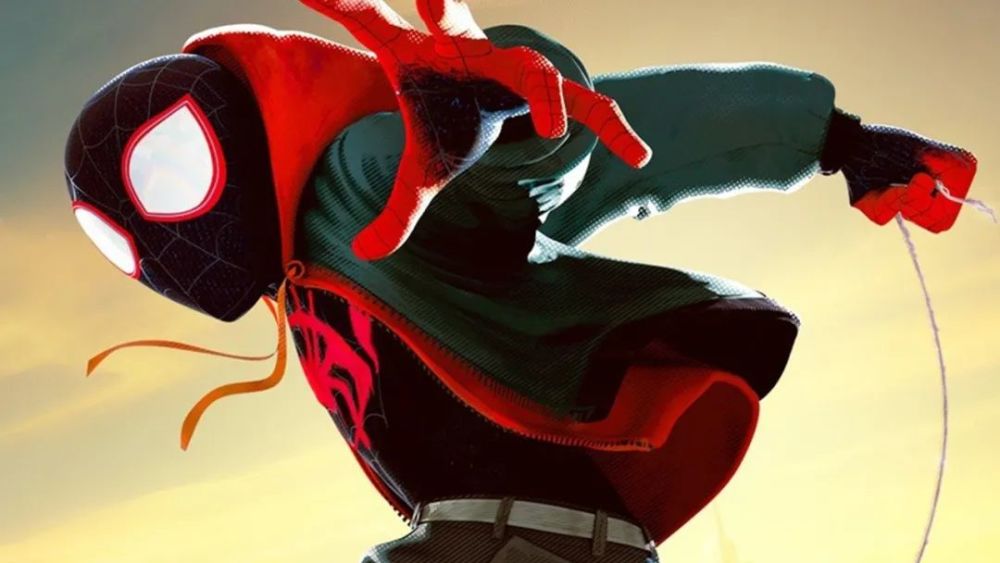
There are a total of seven Spider-Man from various Marvel works in this film, including two Peter Parker (if you count the Spider-Man Noir voiced by Nicolas Cage, there are three).
However, the protagonist of the story is Miles Morales (voiced by Shameik Moore) who debuted in the comics a few years ago.
He has the important task of taking over the Spider-Man mantle from Peter Parker, and the significance of this inheritance (and giving new meaning to this inheritance) has also become the focus of the film.
This led to a work inspired by pop art, somewhat like the posthumous Tobey version of the trilogy.
In this issue of the Spider-Man movie review, we will study the story of Peter Parker and his successor.
Investigate why this story still achieves such a good effect even with several flaws.
Peter Parker: Back to the essence
The two restarts that started with “The Amazing Spider-Man” and “Captain America 3” all tried to reproduce the classic line of Uncle Ben in the Tobey Maguire version “With great power comes great responsibility” (and the theme ideas derived from it).
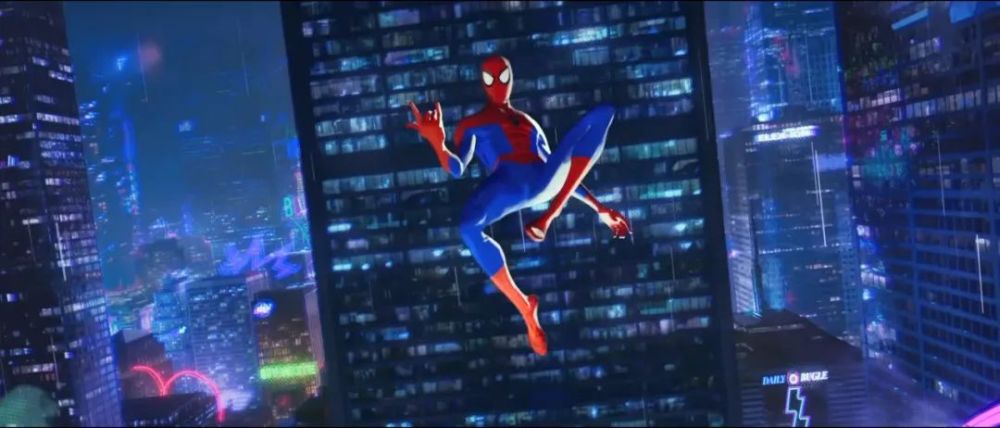
But the effect is mixed.
Although “Spider-Man: Into the Spider-Verse” had a similar beginning, it even used the recording of the late Tobey version of Uncle Ben actor Cliff Robertson.
But its method of succession is to extract the core and most fundamental part of this concept.
Choosing to take responsibility, as Peter did at the end of the 2002 film version, is only the first in a series of major choices.
And isn’t Spider-Man’s journey made up of difficult choices?
Although “Spider-Man: Into the Spider-Verse” uses the Spider-Man assembly as a gimmick, it buried the theme of “choice” deeply in the story.
As Dr. Octopus said, each parallel universe is the result of different choices.
The first set of examples is the contrasting Peter Parker (voiced by Chris Pine) and Peter B. Parker (voiced by Jake M. Johnson).
The former is a handsome hero who finds the perfect balance between work and life, while the latter’s personal life has fallen apart.
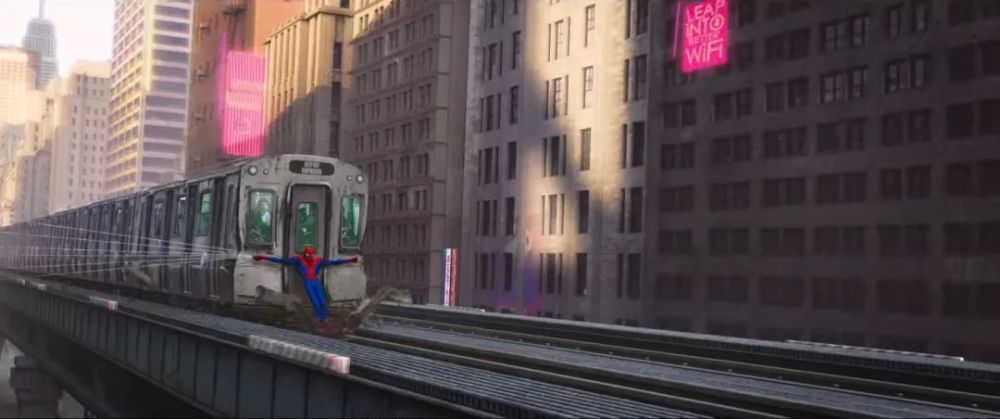
Although his middle name “B” is a tribute to Uncle Ben, it also positions him as an inferior substitute.
Compared to the greater Spider-Man, compared to those who are not divorced and whose eyes are not tarnished, he is just a “B-level” character.
A montage used to introduce the two, presenting them as different follow-up versions of Tobey’s Spider-Man.
One of them moved forward and became a desirable, textbook hero (of course, to exclude the part that was smashed to death by the huge gold).
The other backed up, returned to Peter Parker’s starting point, and became a loser.
Although his main role is to guide Miles, it is equally important that he finally has the opportunity to face his past choices in the film, and he has the opportunity to get back on track.
As a hero, he wants to sacrifice himself without thinking, so that other spider-men can return to his universe.
However, unlike standard superhero stories, for Peter B, going to death is an easier choice.
Directors Bob Persichetti, Peter Ramsey, Rodney Rothman (based on a script co-created by Phil Lord and Rodney Rothman) created a wonderful and complex journey.

The process of Miles growing into Spider-Man, and Peter finding the courage to go home to repair his broken marriage with Mary Jane (MJ), these two threads are closely intertwined.
Both lines have a good ending in the end, and this is not only because Miles made the right choice, but also because Miles returned Peter’s advice on the leap of faith to him, and removed Peter from his pessimism and self-disgust. Pulled it out.
This kind of self-pity keeps Peter from making difficult choices, and “hard choices” are precisely the things that have defined Spider-Man for decades.
Although Peter and Miles come from different universes, the story between them is a story about inheritance.
It’s a story about Peter passing on the mantle of Spider-Man to Miles so that he can become Peter Parker again.
For Miles, this is also a story about unwillingness to live up to the expectations of others-whether it’s his father or the senior Spider-Man.
Although the way of connecting these plots is sometimes not perfect, the inner emotions are performed very well, and this kind of small problem is not important.
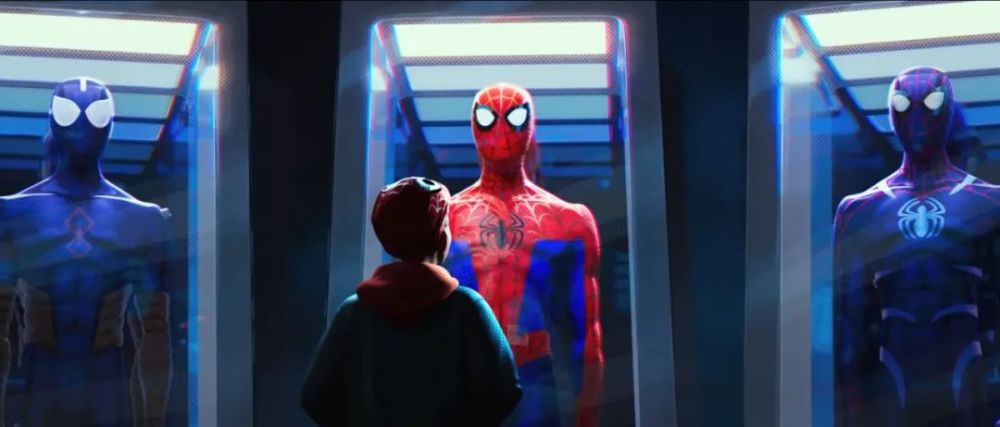
Miles’ twists and turns
Just like Peter, Miles also wants to be content with the status quo. He is afraid of the difficult road ahead-including going to a very advanced new high school to release his potential.
He believes that he does not belong to this elite school and that he does not have that ability, so instead of risking failure, he would rather not try.
This is an important element of Miles’s character, but this feature has completely changed during Miles’ journey to become Spider-Man.
Miles’ fear of his superpowers is not the same as his fear of studies. He didn’t try to get rid of his superpowers, but did his best to master them.
This leads to a bit of misalignment of the narrative juxtaposition of the two plot lines. The two could easily correspond to each other and improve the drama of the whole film.
From Miles’s inability to control his abilities to his final mastery, the change in the middle is only a vague emotion, not a fierce emotional burst.
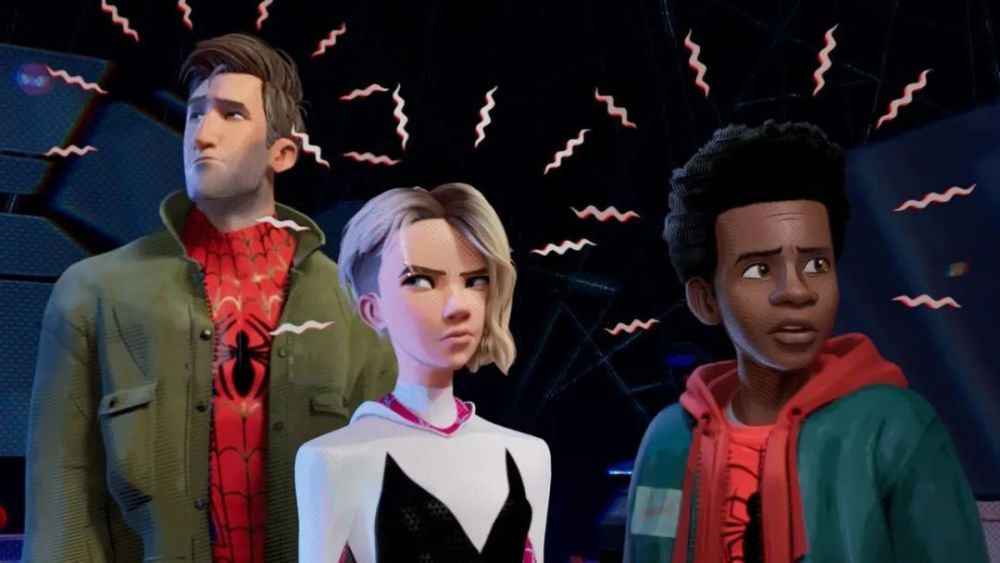
It was his father Jefferson’s words of encouragement and belief that contributed to Miles’ transformation. But at the beginning of the movie, the relationship between the two is already like this.
However, although there is no meaningful change here, the footage that followed has become one of Hollywood’s most exciting clips in recent years: Miles jumped down and jumped into the New York skyline (because of the inverted It looks like he is also climbing upwards).
This is not a lens that “although it pays more attention to style than content, but the effect is good.” This lens can have such a strong appeal precisely because of its focus on style and aesthetics.
Although Jefferson’s monologue and Miles broke free, the causal logic of these two things was a headache, but it brought the emotional climax of the film and gave new meaning to the previous dialogue between the father and son.
And this climax started with Miles transforming the suit. The reason is very simple: Miles is a visual artist, and he designed the Spider-Man suit for himself is his way of expressing emotions—this is his katharsis.
The source of inspiration for the new suit has long existed in Miles’s life.
In the montage of preparing for the battle, not only Blackway and Black Caviar’s “What’s up Danger”, but also echoed the words of his father Jefferson, mother Rio, and his newly killed uncle Aaron.

The design of the battle suit is not a copy of the comics, but a combination of Miles’ street outfits and his graffiti (this has also become his representation of the vibrant Brooklyn).
The support of Miles’s family has not changed from beginning to end, but the way he transformed this trust into the art of law has changed.
This animation is very much like a descendant of Tobey’s trilogy, which is first reflected in the relationship between Miles and Peter.
And the other thing in common is that both of them associate the design of the suit with their owner.
In the Tobey version of the first film, Peter’s feelings for MJ are an important plot driver.
When he was designing the suit, MJ’s red hair and blue eyes came to mind, which resulted in the final red and blue color scheme.
In the two films, the concept of Spider-Man is a very personal artistic expression, closely intertwined with the journey of the two protagonists.
Peter has to choose between heroism and MJ, while Miles has to try to live up to the expectations of his family.
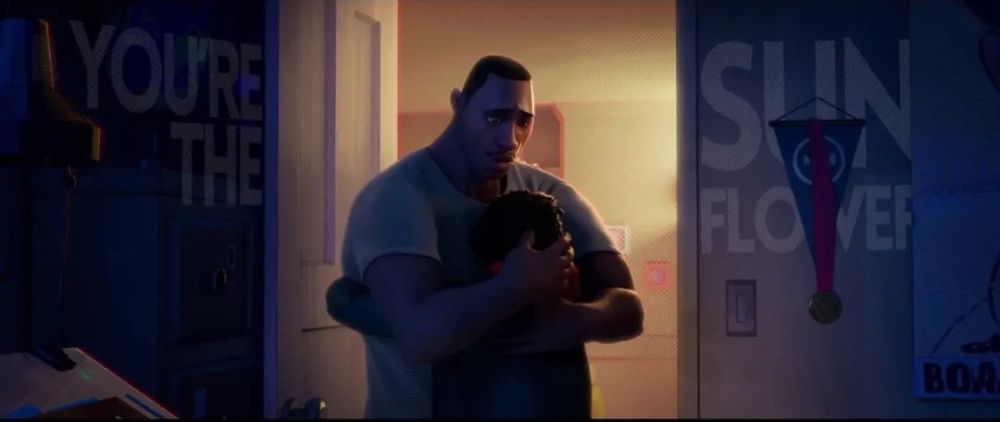
But in this animation, through Peter, Miles and all supporting characters, the concept that is most closely related to the identity of Spider-Man is death.
“Spider-Man: Into the Spider-Verse” provides an overview of the heritage of different Spider-Man in live-action movies and comics.
In addition to the theme of arachnids, the common ground that links Peter, Miles, Gwen Stacy (voiced by Hailee Steinfeld), Japanese style Peni Parker (voiced by Kimiko Glenn), and Spider-Ham (voiced by John Mulaney) Yes, they have all been in close contact with death, and they have all lost an important person.
The animation did not discuss this topic further, but it faintly regarded Spider-Man as a symbol of sorrow, as a symbol of enduring and coping with pain (this is in sharp contrast with Kingpin who refuses to accept reality), not just looking at sorrow. As a side product of Spider-Man.
The origin stories of these characters all have similar tragedies, the most recent of which-Miles’ uncle died before his eyes-just happened not long ago.
Although their discussion of this experience was very brief, it brought to the stage the elements common to the three live-action versions of Spider-Man.
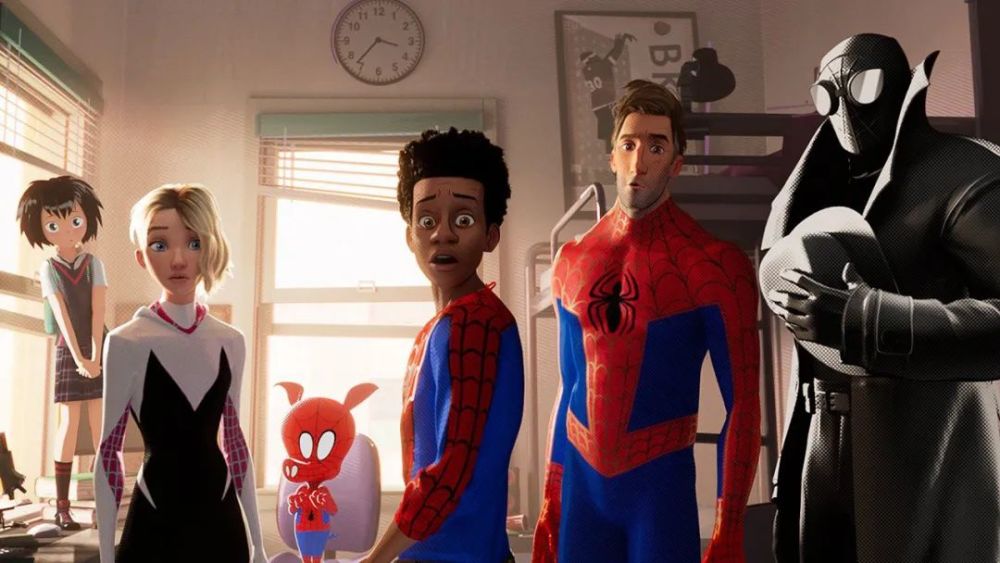
But so far, only the Tobey version of the three live-action versions has given the protagonist the opportunity to think carefully about death and let it affect his inner and outer heart.
In this respect, “Spider-Man: Into the Spider-Verse” is more inked than the Andrew Garfield and Tom Holland editions.
Although it didn’t spend a long period of plot on this theme (and the guilt of the survivors that followed), the emotion it conveys through the screen is enough to dwarf most Spider-Man movies.
Here, the film did not adopt the stylized and colorful pictures when Miles transformed the battle clothes, but chose to suppress it.
This seems to be a proper tone, but the “noisy” in other parts of it has increasingly highlighted the “quietness” here.
The voice actors abandoned the comic effect, lowered the volume, and replaced it with a more serious tone. The grief turned into an invisible fog.
Other characters’ understanding of this emotion makes this scene difficult to describe in words.
Their delicate expressions revealed their worries for Miles, their familiarity with the situation, and a sense of helplessness.
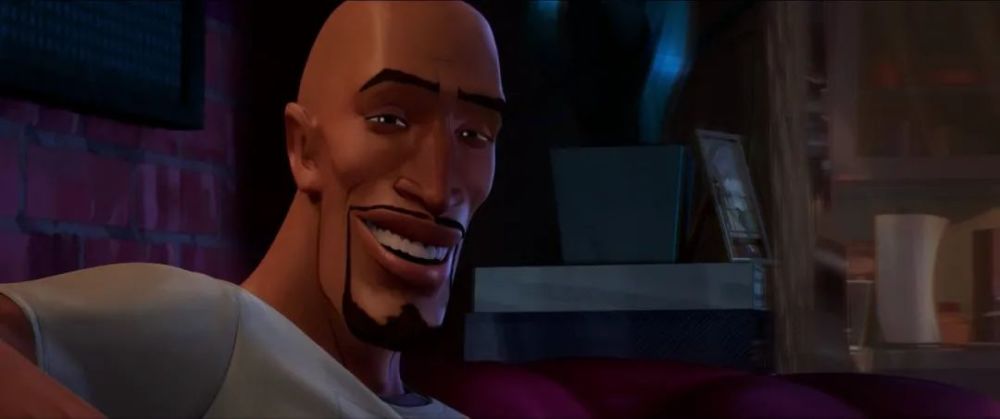
Although the passage of time has made them stronger, they never seem to be able to enter the “acceptance” of the “five stages of grief.”
But this scene took place later in the film, which had a side effect: it made Miles’ character growth happen too fast, and other spider-men undoubtedly had a lot of time outside the camera to complete the transition.
From the moment he witnessed Aaron’s death to when he used his memories to create the suit, the interval was very short (the Chris Pine version of Peter’s post-mortem related scenes has a much longer time).
Although this period is a bit rushed, at least, it makes him have a thematic opposition to the main villain Kingpin (he also happened to be the murderer of Aaron).
Kingpin’s collider plan puts everyone in danger, and the reason behind it is that he refuses to accept the death of his wife and son, and wants to bring his wives and children from other universes back to his own world.
This is a kind of love whose desire for control is greater than true feelings, a kind of distorted, selfish love.
Because in the last moments of their lives, they chose to leave Kingpin.
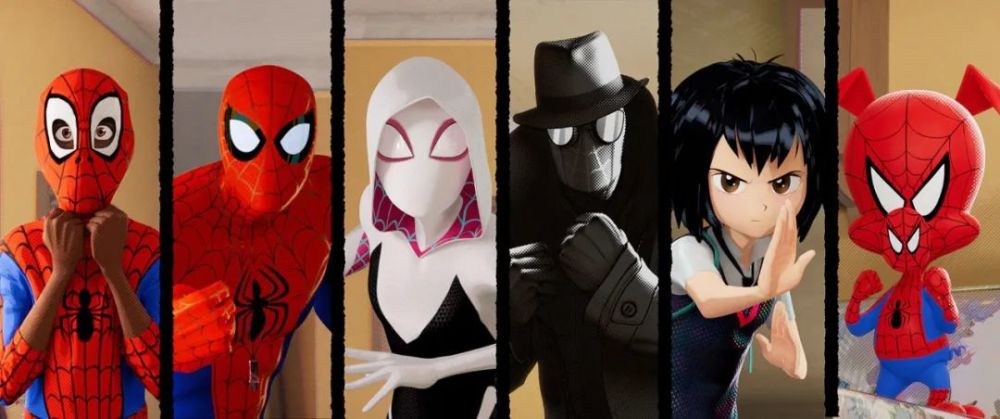
On the other hand, between Miles and Aaron, there is sincere family and friendship.
This emotion made Aaron choose the latter between his super villain status and the life of his nephew, even if it meant his own death.
Although the rhythm of the film made Miles no time to grieve, this incident infused his origin story with the brilliance of love.
This is in sharp contrast with Kingpin. Kingpin’s huge torso swallowed the picture with darkness, and his denial of reality and his delusion to defeat death nearly swallowed the entire world.
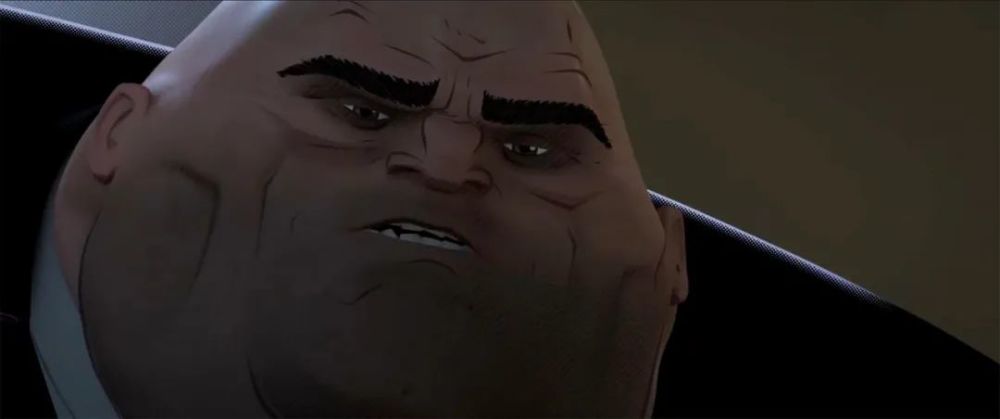
This brilliance of love is firmly tied to the theme of the film about “choice”.
Kingpin was unscrupulous because of grief, and Spider-Man turned grief into a superhero motivation-especially for Miles.
His battle suit is a reminiscence of Aaron, which reminds him of the last night he spent with Aaron and the experience of the two graffiti and self-searching at the abandoned subway station.
After Miles found himself, he painted a graffiti commemorating Uncle Aaron on his chest, and jumped out of the facade of a New York skyscraper with a burst of impact.
Related Post: “Spider-Man: Into the Spider-Verse” topped the best animation of “Empire” magazine.
